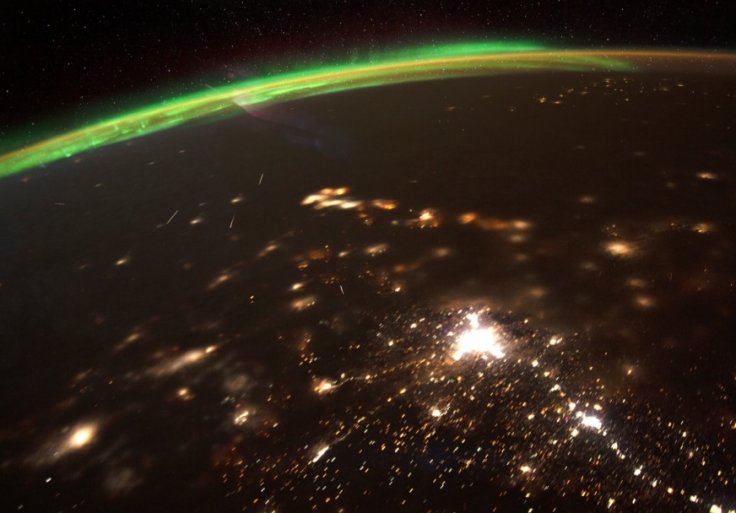Space lovers braved the cold over the past weekend to witness the annual Quadrantids meteor shower in the early hours of January 4. Though the weather was fairly cloudy, astronomy fans did not miss the opportunity to watch the first meteor shower of 2020.
While those on earth enjoyed the sight of bright lights shooting across the dark night sky, astronauts on board the International Space Station (ISS) caught a glimpse of the same meteor shower, but in a different way.

NASA astronaut Christina Koch tweeted a composite image on Monday that provided a beautiful and rare view of the Quadrantids from space. The tweet read: "Can you see shooting starts [sic] from space? Turns out, yes!" She added: "The first meteor shower of the decade and we were lucky enough to catch it from the@Space_Station along with the northern lights."
The image posted by Koch is a multi-layered delight for netizens as the picture shows the meteor streak along with glittering city lights. It also has an ectoplasm-green glow of the Northern Lights aurora along the horizon.
What is Quadrantids meteor shower?
Unlike other meteor showers, which generally stay at their peak for about two days, the Quadrantids meteor shower has a short peak period that lasts only a few hours and is considered to be one of the best annual meteor showers. These meteor showers may consist of up to 120 meteors per hour.
Meteors are usually produced by dust grains left out by comets. However, the Quadrantid meteor shower is associated with an extinct comet called 2003 EH1, which was discovered back in 2003. Unlike several other astronomical events, people do not require the support of any equipment such as binoculars or telescopes to see the meteor showers since they streak overhead and are best seen with naked eyes.









